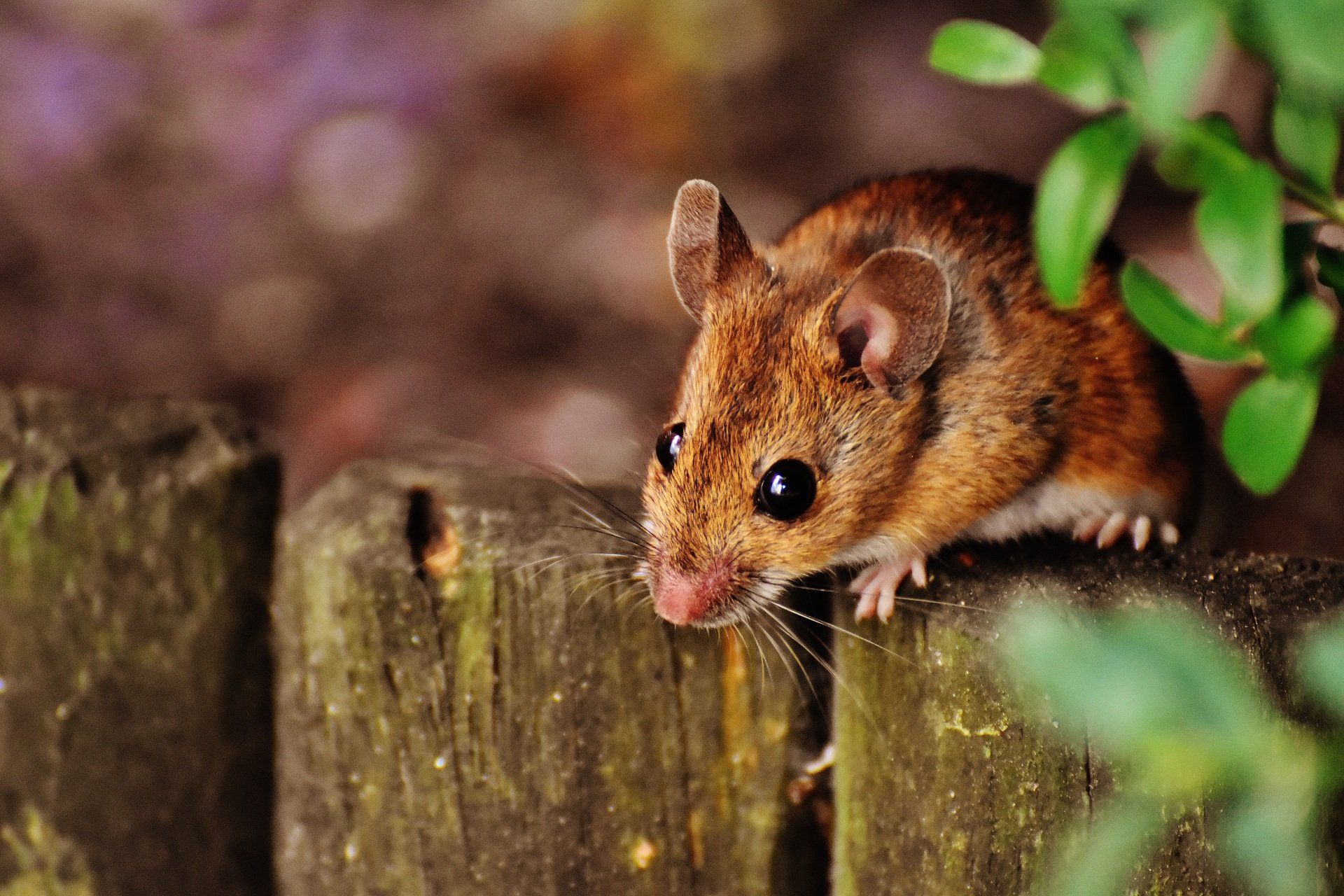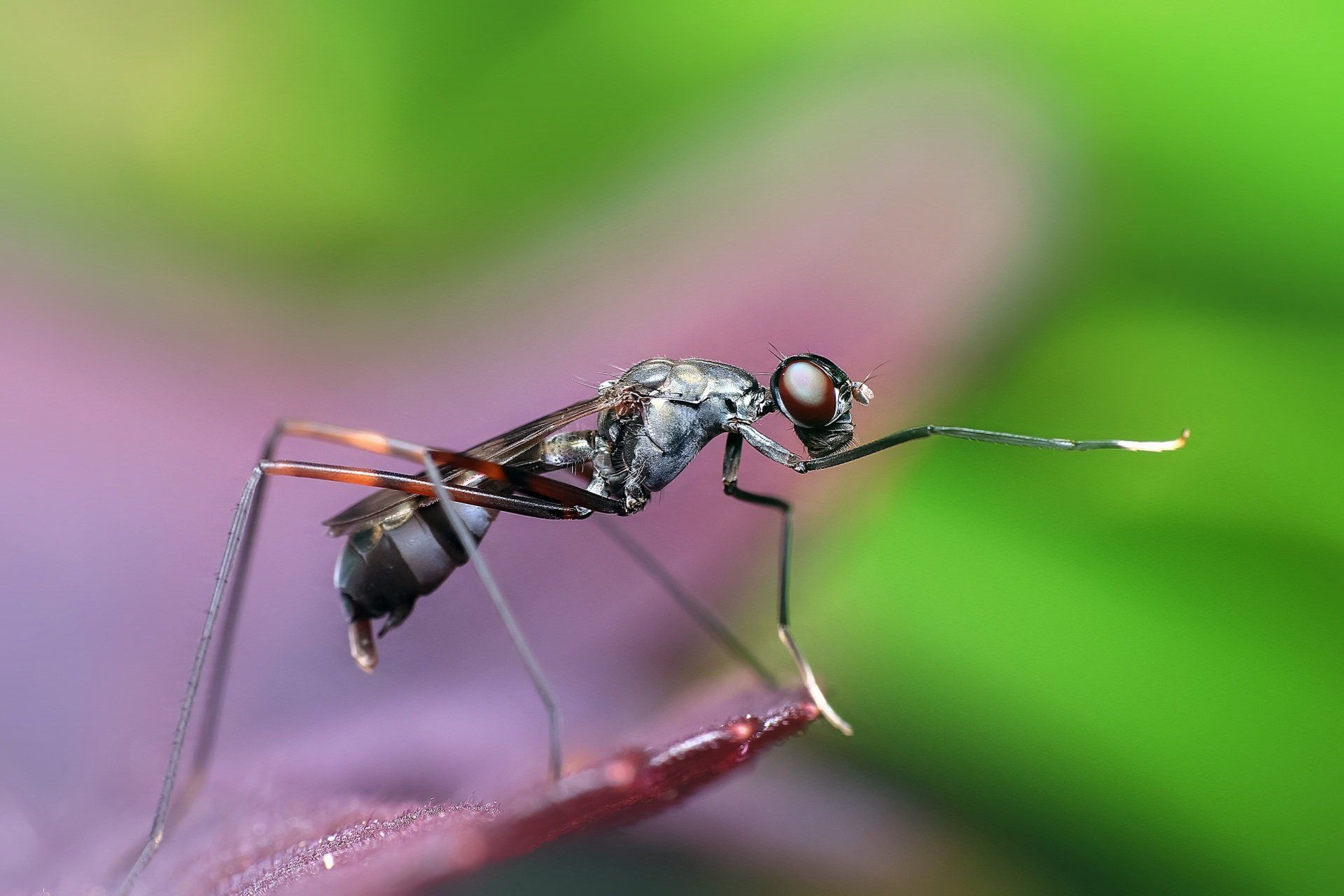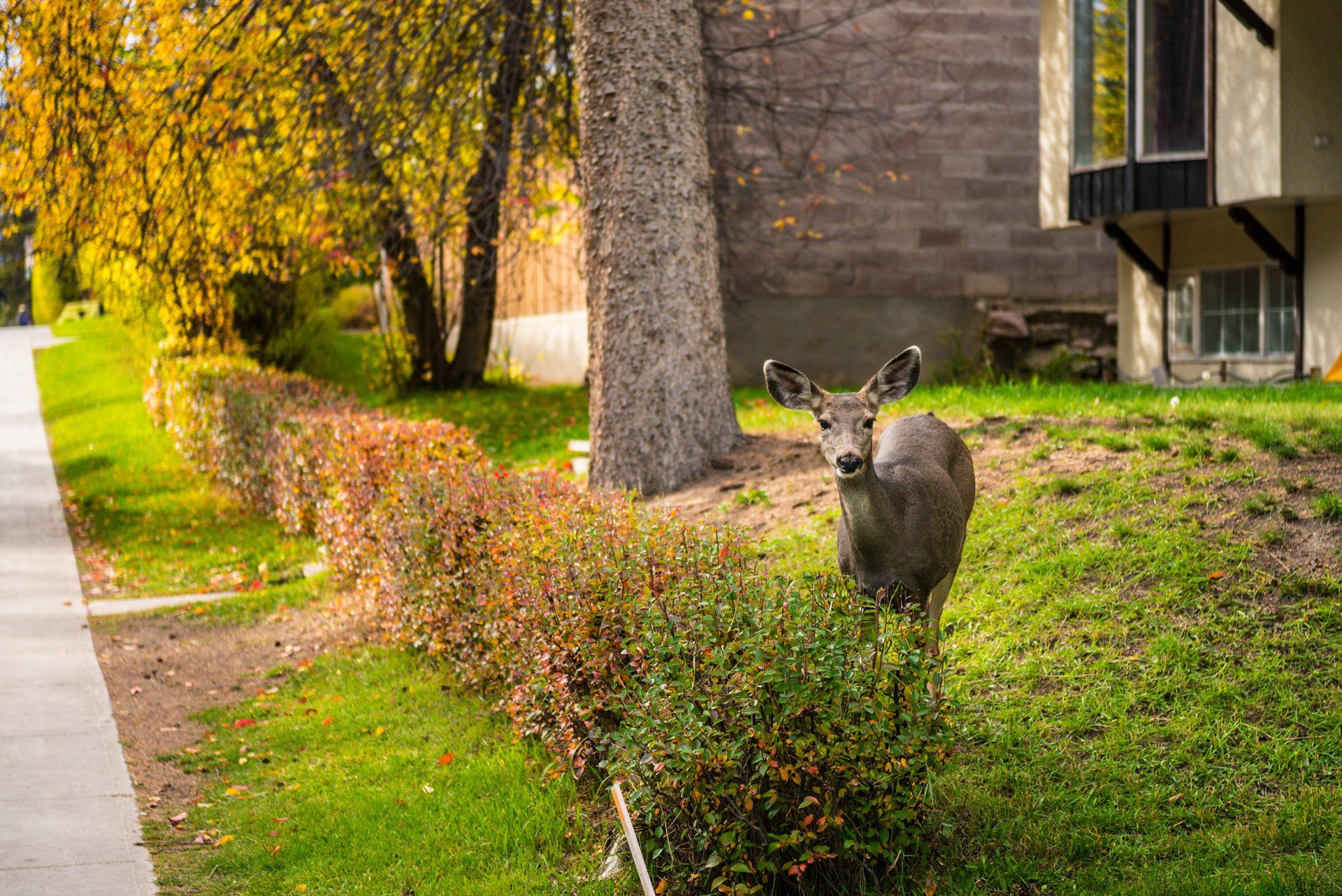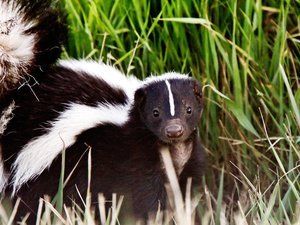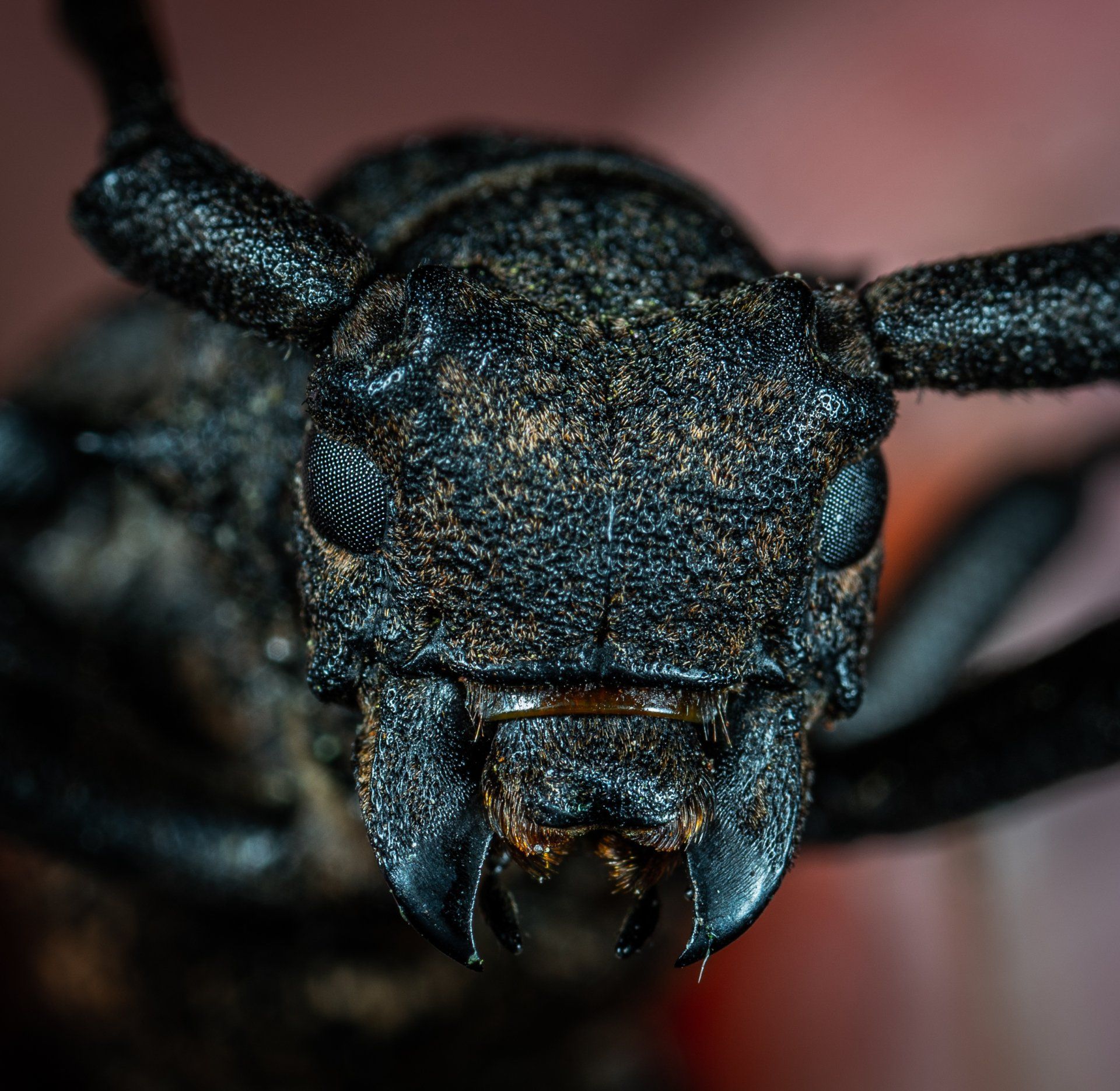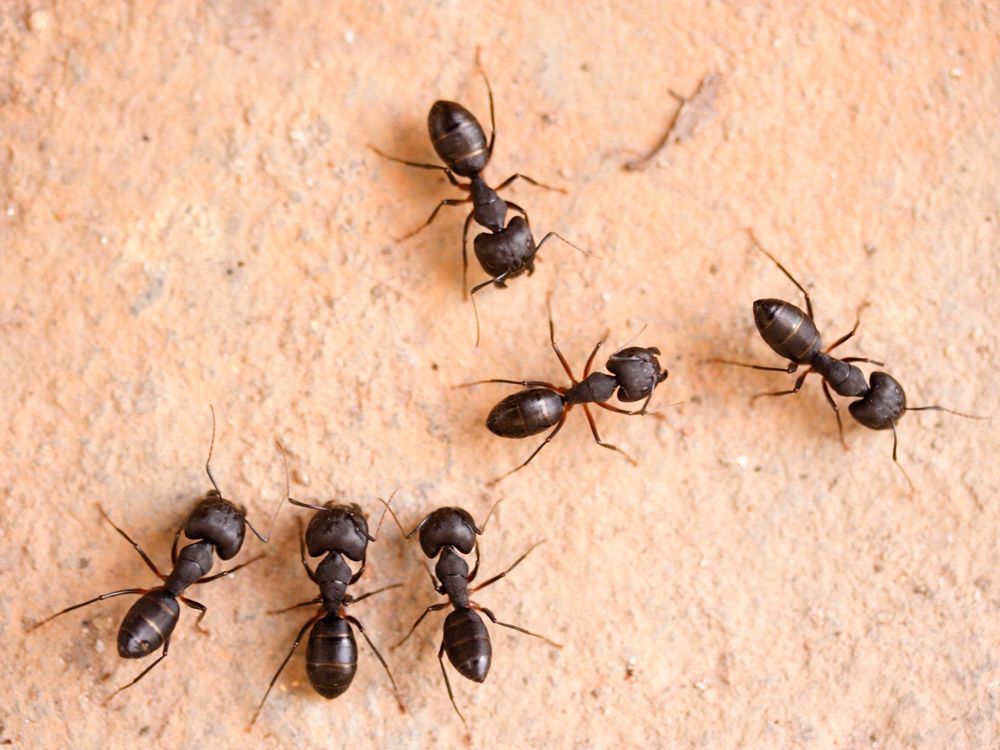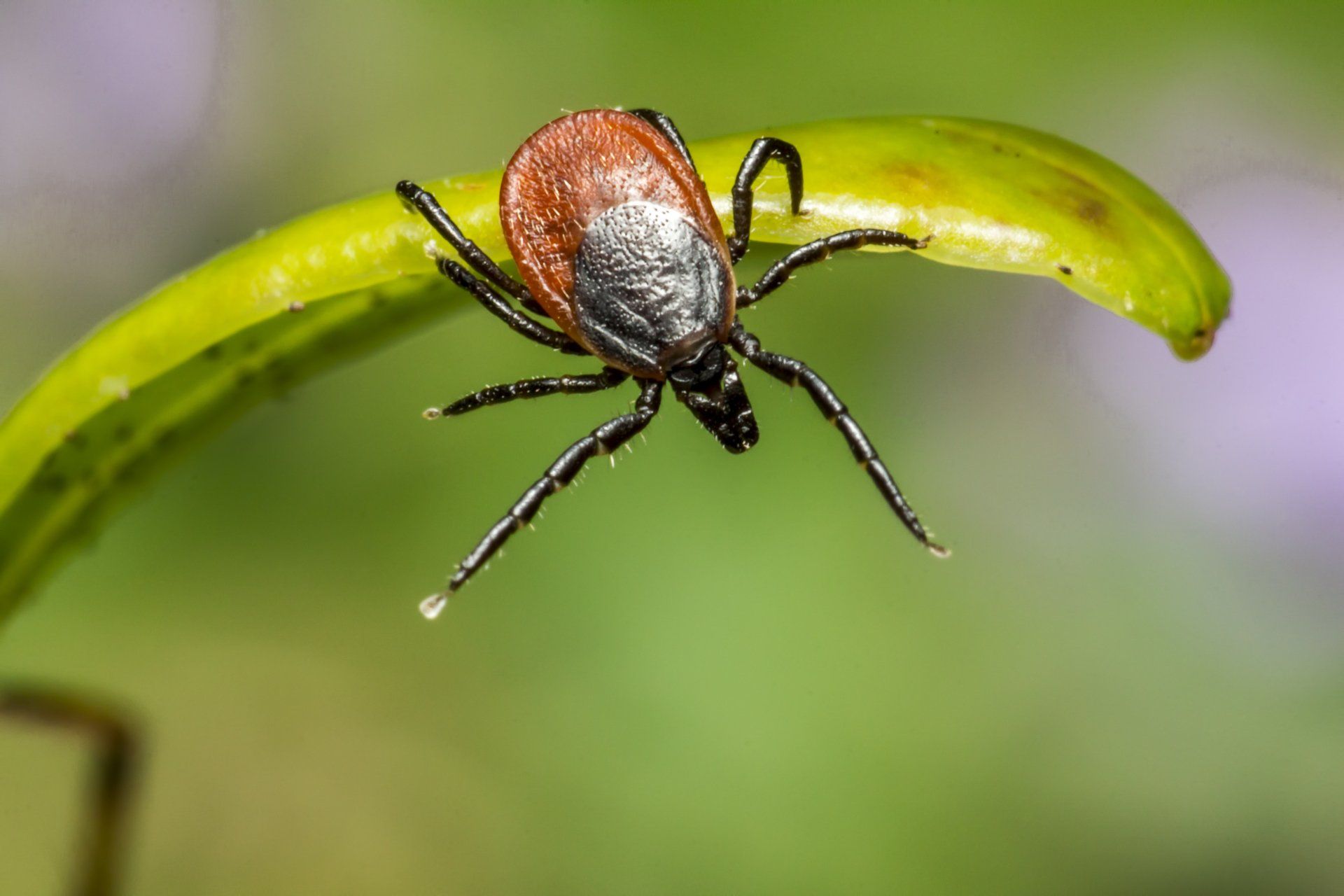How to Keep Clover Mites Out of Your Home
What are clover mites and why are they in your house?
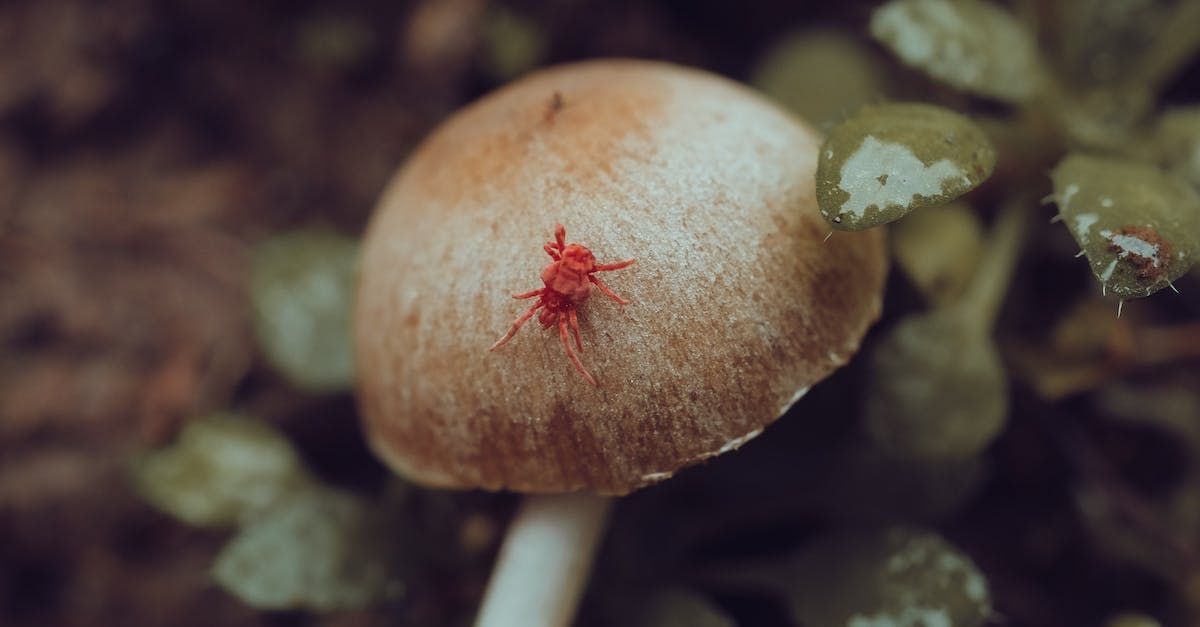
Have you ever seen tiny red bugs on your walls? If so, you’re looking at clover mites. They’re common in NJ and usually look for safe places to hide. This might be inside your house, on windows, or on tree trunks.
It’s common for these insects to gravitate indoors following heavy rainfall, which is when they can become a nuisance. And just because their diet consists of foliage doesn't mean they won’t look to snack on the same food you eat, which can be more than a little offputting.
The best way to prevent a clover mite infestation is with the help of a
professional pest removal service in Sparta, NJ. It’s also important to understand what these pests are exactly so you can work to prevent an infestation in the first place.
What Are Clover Mites?
If you’re picturing tiny green bugs, as the name suggests, you’ll be surprised to learn that clover mites are actually red or brown. These pests feed on plants and are known to invade homes from time to time. The good news is that they don’t attack people. They also don’t reproduce indoors.
Although it’s unclear, these pests might be migrating indoors due to an excessive use of lawn fertilizers, which is why more people are
utilizing eco-friendly lawn care. The correlation appears to be between the nutrient level of soil and how close your lawn is to your house.
Are Clover Mites Harmful?
Clover mites aren’t harmful to you, your family, or your home. The chief complaint with them is that they’re annoying when they come out in droves.
You’ll commonly see them on your windows, walls, or furniture. The most common time of year to spot these pests is during the spring and fall or after a heavy rainfall.
What Do Clover Mites Look Like?
As mentioned, clover mites are red or brown. They’re very small — about the size of a pinhead. They’re commonly found feeding on clover, which is how they get their name. They also eat weeds, grassy lawns, and other plants.
If you’re unsure about the kind of pest in your house, contact a professional for a
pest inspection.
What Causes Clover Mites In The House?
During the spring and fall, it’s common to see clover mites in the thousands. When the weather begins to get hot or cold, they look to come indoors in search of food. They might also move indoors as they seek out comfortable temperatures.
Outside your home, they’ll lay eggs inside any cracks and crevices they find. Occasionally, a few of these eggs may find their way indoors. They lay eggs in cracks and gaps when they’re in search of a new habitat.
What Are Clover Mites Attracted To?
Clover mites look for lawn grasses and clover, but may also feed on trees, shrubs, and ornamental grasses. When soil nutrients are abundant, you may see an uptick in your local clover mite population.
You’ll commonly see large groups of clover mites after establishing a new lawn or using a heavy amount of fertilizer. You can
grow an organic lawn to help prevent these pests from infesting your yard and home, skipping harsh chemical fertilizers that can disrupt the pH balance of your soil, pollute local waterways, and pose a health issue to your family and pets.
How to Get Rid of Clover Mites
If you think you have clover mites in the house, look for large populations outdoors. You can easily rinse them away with the hose. However, if you have an infestation indoors, you may need the help of a professional pest management professional.
Serene Property Services can help. We offer a variety of pest removal services in Sussex County, NJ. We also service Warwick, NY.
Contact us today for an estimate.
We will get back to you as soon as possible
Please try again later
About Us
Contact Info

